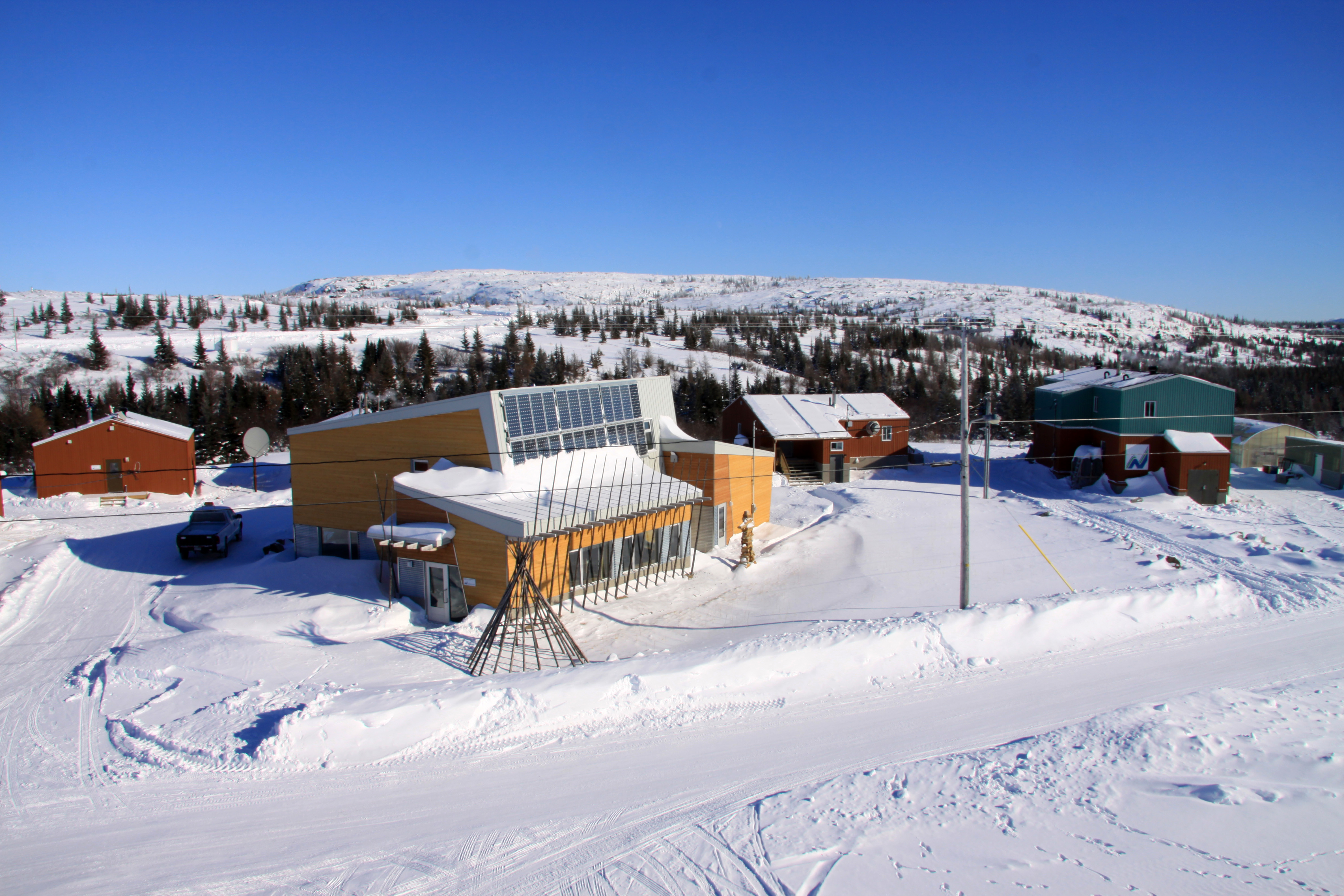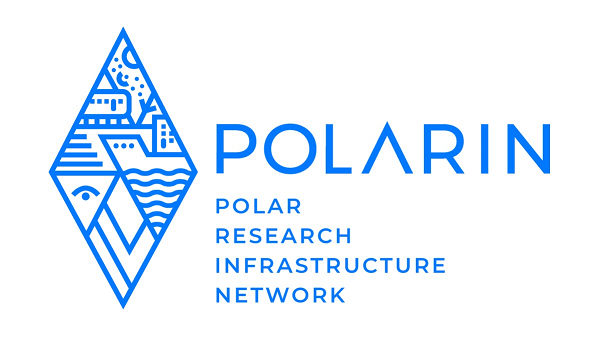CEN Whapmagoostui-Kuujjuarapik Research Station

Address
CEN station at Whapmagoostui-KuujjuarapikCentre d'études nordiques (CEN)
P.O. Box 59
22020 rue Principale
Kuujjuarapik,Quebec, Canada
J0M 1G0
Station manager
Mickaél LemayContact Station
Phone: +1 819 929-3319https://www.cen.ulaval.ca/en/infrastructures/qaujisarvik-network/whapmagoostui-kuujjuarapik/
https://www.cen.ulaval.ca/en/infrastructures/qaujisarvik-network/
Station Features
Opening year: 1971 Status: OpenFacilities
Station name and owner
The CEN Whapmagoostui-Kuujjuarapik Research Station is owned and run by the Centre d'études Nordiques (CEN: Centre for Northern Studies) with its secretariat based at the Université Laval, Québec, Canada. It is on Cree land and is run in collaboration with the Cree First Nation of Whapmagoostui.
Location
The CEN Whapmagoostui-Kuujjuarapik Research Station (55°16'N, 76°32'W) is located on the eastern shore of Hudson Bay at the maritime limit of James Bay, and in the adjacent villages of Whapmagoostui (Cree First Nation) and Kuujjuarapik (Inuit).
Climate data
Grey colours are WMO Climate Normals including maximum and minimum values. Blue colours are individual years.
Climate data for the stations where extracted via Copernicus Climate Data Store, from the global gridded reanalysis product:
ERA5 monthly averaged data on single levels from 1940 to present.
Description and source code: Roemer J.K. 2023. https://doi.org/10.5281/zenodo.10214922
Data Source: Hersbach et al. 2023. Copernicus Climate Change Service (C3S) Climate Data Store (CDS), https://doi.org/10.24381/cds.f17050d7
Biodiversity and natural environment
The climate at Whapmagoostui-Kuujjuarapik is strongly influenced by the proximity of Hudson Bay, and the recent pronounced loss of sea ice in this sector of northern Canada has been accompanied by large increases in air temperature. Discontinuous or scattered permafrost occurs throughout the region and is degrading rapidly. Whapmagoostui-Kuujjuarapik is located at the terrestrial boundary between taiga and tundra. South of the Great Whale River is the taiga zone (Boreal forest), while north of the river, the forest tundra zone progressively dominates the landscape. The vegetation type is coastal forest tundra, with some 400 recorded species. Parabolic dunes occur along the coast and are strongly influenced by plant cover. Paleoecological studies have documented the Holocene evolution of landscapes, including lakes, wetlands, and forests. The Manitounuk Islands, located just a little north along the coast, are part of the Hudsonian cuestas that are characterized by rocky beaches and vertiginous cliffs.
History and facilities
The first signs of human occupation in the Whapmagoostui-Kuujjuarapik region have been dated at 3800 BP. In the past, the English name Great Whale and the French name Poste-de-la-­Baleine have been used to designate this community. The Hudson Bay Company (HBC) established the first fur trade post here in 1750 and marked the onset of continuous occupation. This station is the CEN’s principal field station and has operated since the 1970s, with diverse research projects on past and present environments. In 2010, major upgrades to the station were undertaken, consisting of the construction of a state-of-art Community Science Centre to serve the needs of the circumpolar science community for research planning, information exchange, national research workshops, and coordination of field operations, and the local communities for information exchange, identification of northern research needs, science training of northerners, exchange of traditional knowledge, and outreach activities. The centre offers a conference room with a capacity for 50 participants, a permanent, interactive display on local natural history and on CEN research activities. In addition to this new building, the station also has wet and dry laboratories, a greenhouse, a dormitory, a cafeteria (with full-meal services during the summer season), vehicles for rent, wireless internet, rental of sampling and camping equipment, and an onsite station manager.
General research and databases
Current projects include work on biodiversity and dynamics of northern aquatic ecosystems; impacts of thawing permafrost in the context of global warming; wetland paleoecology; restoration of vegetation in degraded sites, and research on mercury dynamics (in relation to air, precipitation, snow). An overview of past studies in this region is given in: Bhiry, N., et al., 2011: Ecoscience 18: 182-203. CEN operates several climate stations in the area. In addition to the available scientific literature, CEN has extensive climate data recorded since 1957 which are available through Nordicana D: www.cen.ulaval.ca/nordicanad/.
Link to data: https://dataportal.eu-interact.org/stations
Station Monitoring
Human dimension
This bicultural community represents the ancestral limit of the Cree and Inuit territories. It is both the northernmost Cree community and the southernmost Inuit community in Quebec. Whapmagoostui-Kuujjuarapik has a population of about 1600 inhabitants. The spoken languages are Cree, Inuktitut, and English with some French. Rapid social, economic, and environmental change, initiated in the mid-20th century, continues to this day.
Access
Whapmagoostui-Kuujjuarapik is only accessible by commercial airlines. All research activities must be planned well in advance. Local guides and translators are available for hire. Access to the surrounding area by chartered flights, boat, and ATVs can be organized by the station manager.


